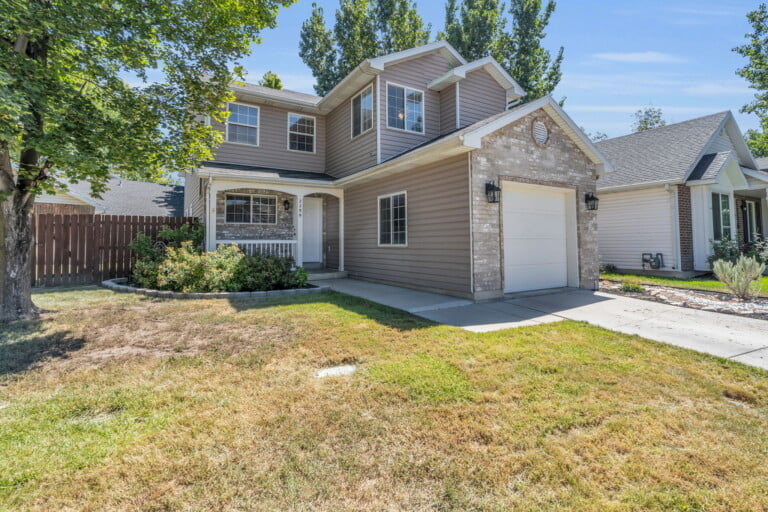Now that we’ve explored how your income affects your home-buying power and dissected the monthly costs associated with homeownership, let’s zoom into the current real estate landscape in Utah. Understanding the financial requirements for purchasing a median-priced single-family home will offer you a clearer picture of the market and what you need to prepare for financially.
Current Market Analysis
As of the latest data, the median sold price for a single-family home in Utah hovers around $550,000. This figure reflects a vibrant real estate market influenced by various factors, including location, demand, and economic conditions. For many potential buyers, this number represents a significant financial milestone.
To translate this median price into actionable insights, let’s consider what it means in terms of monthly payments and income requirements. Assuming a modest loan term and a down payment of 5%, the scenario looks something like this:
- Down Payment: 5% of $550,000 equates to $27,500 upfront.
- Mortgage Payment: With current mortgage rates, a loan amount of $522,500 (after the down payment) could result in a monthly mortgage payment of approximately $4,000. This estimate includes principal, interest, property taxes, and homeowner’s insurance.
Additional Costs of Homeownership
Beyond the mortgage, homeowners in Utah can expect additional monthly costs, such as:
- Utilities: Varying by usage and home size, but essential to budget for.
- Maintenance and Repairs: A crucial, often variable cost that homeowners should plan for in their monthly budget.
- HOA Fees: Applicable to some properties, adding to the monthly financial commitment.
Given these considerations, the total monthly cost to own a median-priced single-family home in Utah could easily exceed $4,350 when including utilities and maintenance.
Income Requirements for a Median-Priced Home
To comfortably afford a home at this price point, a prospective buyer’s income should align with the financial demands of the mortgage and associated homeownership costs. Using the guideline that your mortgage should not exceed 45% of your gross monthly income, to afford a $4,000 monthly payment, your income would need to be at least:
- Monthly: Around $8,889
- Annually: Approximately $106,668
This income level would ensure that homeowners can manage their mortgage payments along with their other living expenses and savings goals. However, it’s important to remember that financial comfort varies widely among individuals and families, and what is comfortable for one household may not be for another.
Navigating the Utah Housing Market
While the median price provides a useful benchmark, the diversity of homes and neighborhoods in Utah means there are options across a wide range of price points. Prospective buyers should consider their unique financial circumstances, lifestyle preferences, and long-term goals when evaluating what they can afford. Working with a knowledgeable real estate professional can also provide insights and guidance tailored to your specific situation, helping you navigate the market more effectively.
The dream of homeownership in Utah is alive and well, but it requires careful planning and financial foresight. By understanding the market dynamics and aligning your financial planning with your homeownership goals, you can take confident steps toward purchasing a home that meets your needs and budget.







